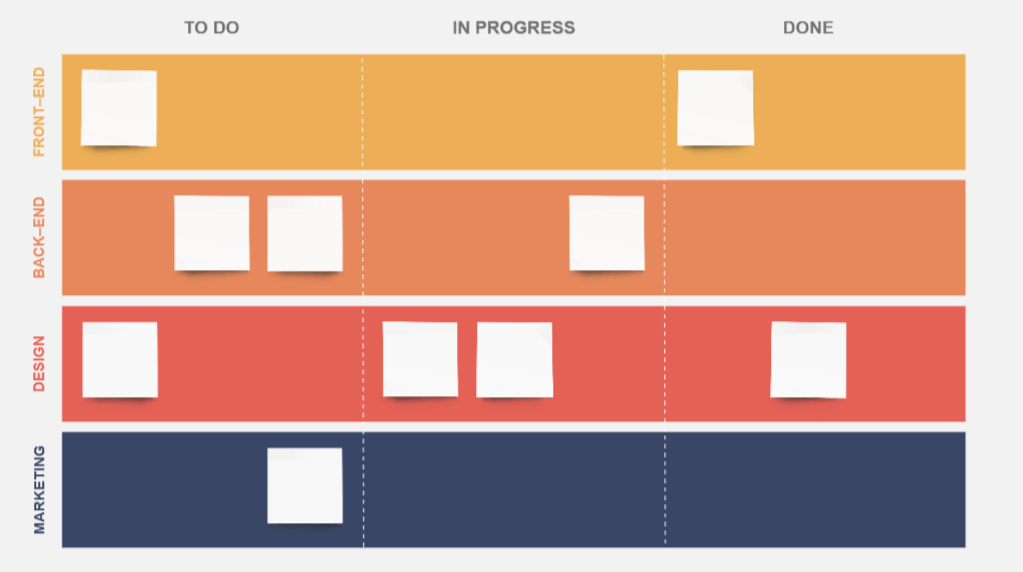What is Sprint Planning?
Sprint Planning is an event in the Scrum framework where the team determines the product backlog items they will work on during that sprint and discusses their initial plan for completing those product backlog items.
Detailed Explanation
Sprint Planning is a key activity in Scrum, which is one of the Agile methodologies. It involves a collaborative effort where the Scrum team plans and agrees on the work that will be accomplished in the upcoming sprint (a time-boxed period typically between one to four weeks, with two weeks being the most common duration). The Entire Agile Team will define the work and effort necessary to meet their sprint goal.”
“In the SaaS environment, Sprint Planning can take on additional significance due to the fast-paced nature of software updates and releases. With Sprint Planning, SaaS teams can prioritize features and improvements that deliver the most value to their users.

Why It Matters?
Understanding and implementing Sprint Planning is crucial for SaaS businesses. It allows teams to establish a transparent, collaborative, and adaptive culture. It promotes efficient resource allocation and ensures alignment with the business objectives. For a SaaS CEO or CMO, Sprint Planning translates into effective project management, shorter time-to-market, and improved product quality.
Potential Misunderstandings
One common misunderstanding about Sprint Planning is that it results in a set-in-stone plan for the sprint. In fact, the plan is flexible and subject to change as new information emerges during the sprint.
Frequently Asked Questions
1. How long should Sprint Planning be?
Sprint Planning typically lasts one to two hours for a two-week sprint. The duration can change depending on the length of the sprint and the complexity of the work.
2. Who should attend Sprint Planning?
All members of the Agile Team should attend Sprint Planning. This includes the Product Owner, Scrum Master, and all development team members.
